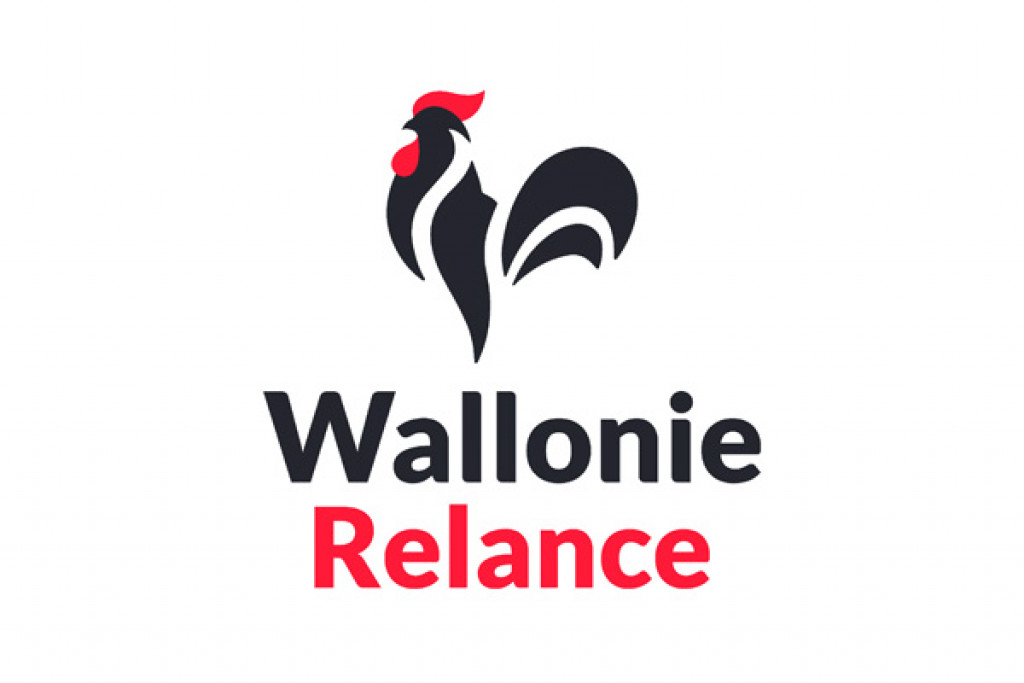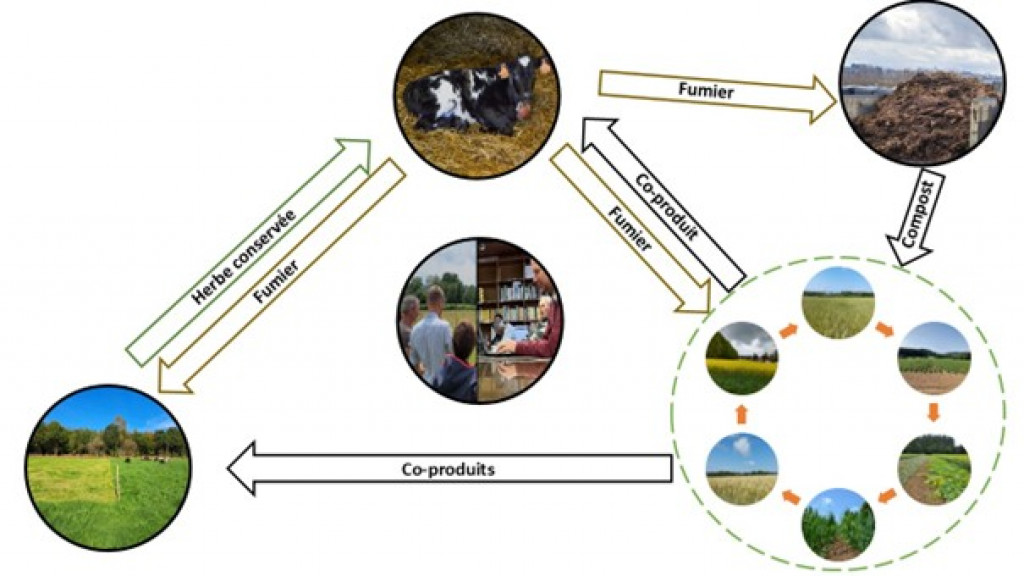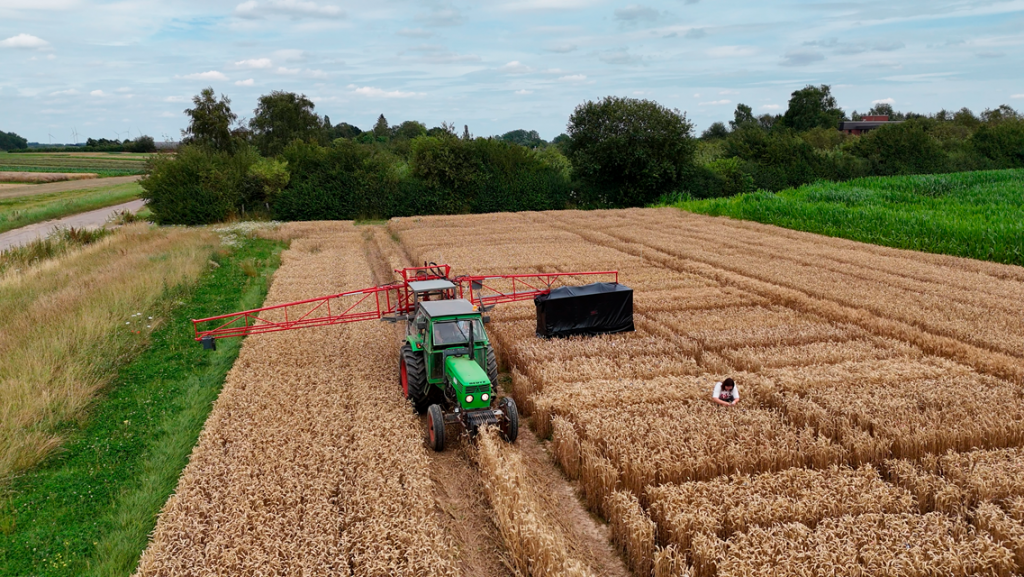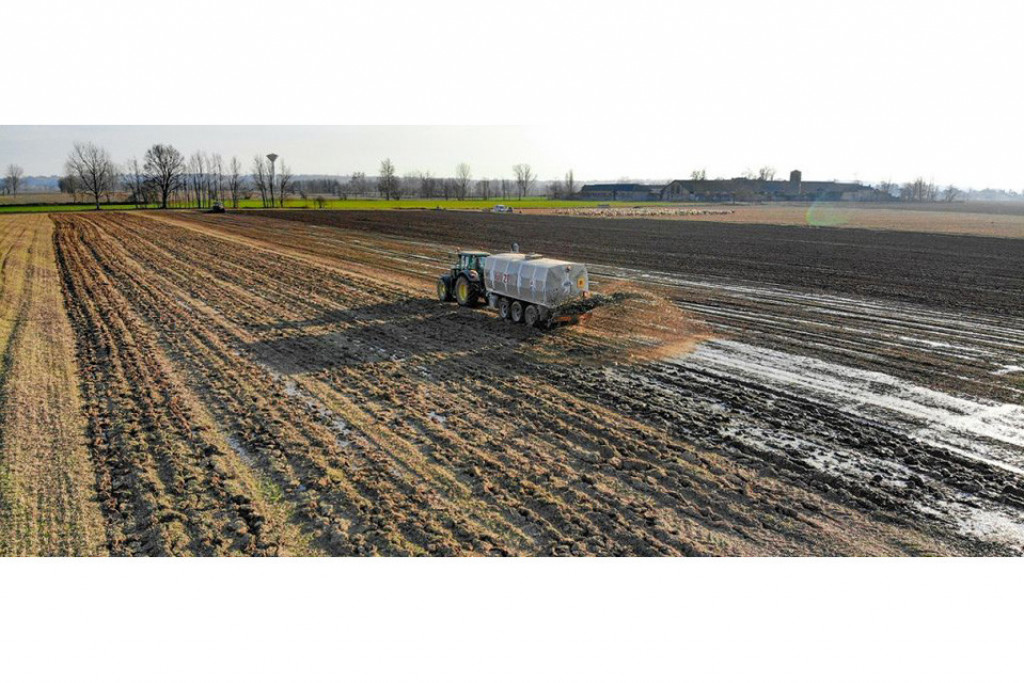
What about Walloon breeders?
Grazing and forage production account for significant added value and differentiation for livestock farming in Wallonia, where (permanent and temporary) grasslands cover an area of 340,580 ha (46.4% of UAA in 2023). But managing forage stocks in general, and estimating the availability of grass across grasslands, is becoming more complex in the context of climate change (more pronounced periods of drought). Often singled out for its methane and nitrous oxide emissions from livestock farming, agriculture is already suffering the consequences — but it can also be part of the solution.
An interactive decision support tool
In this context, the W@llHerbe tool offers a dynamic, interactive method for managing livestock farming that works closely with farmers and advisors to co-construct appropriate strategies.
W@llHerbe is based on a multi-source approach that harmoniously combines the 'ModVege' growth model with spatialised information derived from satellite images from the European Copernicus programme (S1 and S2). The tool provides breeders with the most relevant information possible (RMSE < 400 kgMS/ha) on the biomass of grass available on a daily basis at the level of each plot.
Weather data, complementary data (soil type, flora, management, etc.) and field reference data are essential for the calibration/validation of growth models and remote sensing models. Via the WALLeSmart platform on which the W@llHerbe tool will be hosted, farmers will benefit from selective access to various databases to simplify the administrative and technical management of their farms.
Cooperation partnership:
The W@llHerbe tool is the result of a collaboration between the Walloon partners of the SUNSHINE project (CRA-W, Elevéo, UCLouvain, Fourrages Mieux), the ROAD-STEP project (ULiège-GxABT, UMons, ARSIA, CTA Strée) and the WALLeSmart project (Elevéo, CRA-W, ULiège-GxABT, UMons, ARSIA, WalDigiFarm).












